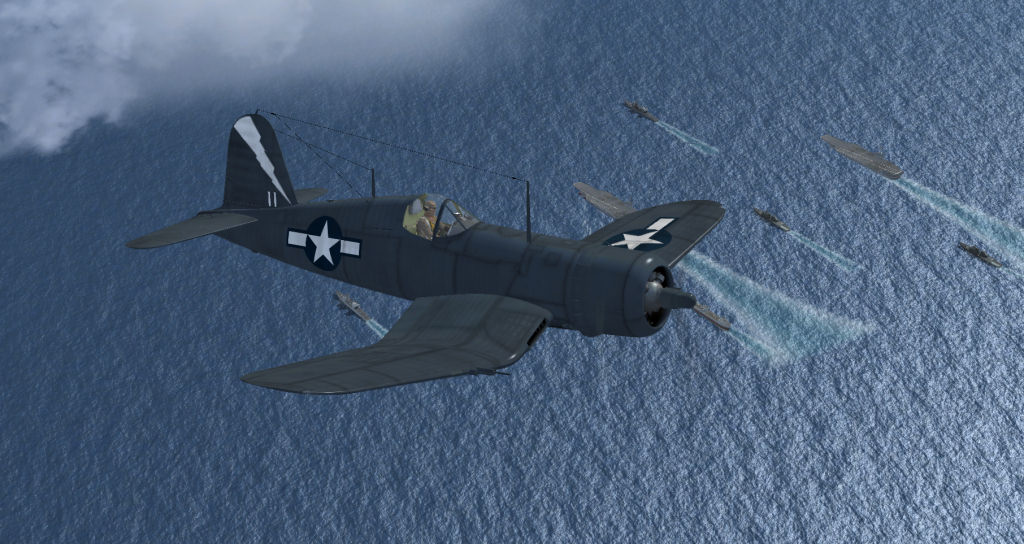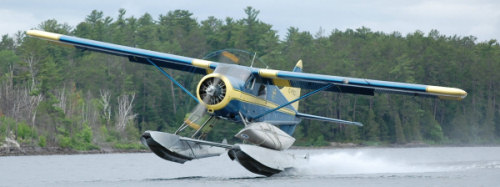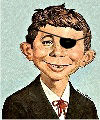

They said no, the pattern is full.










Great shots Larry
I think landing WWII taildraggers on a carrier is a little trickier then landing jets with tri-cycle style gear.
I think (for me anyway) it's just harder to see over those long noses





Once is often enoughGreat shots Larry
I think landing WWII taildraggers on a carrier is a little trickier then landing jets with tri-cycle style gear.
I think (for me anyway) it's just harder to see over those long noses
Thanks Chuck.
You are correct, but that is where TrackIR helps out. You can look to the side. You can do it with the keyboard, but it takes to long to move back and forth, where TrackIR is as quick as you turn your head. However, as I understand it, you have the same problem in the jets, IF done properly. Which means about 12-15 degree nose up, yet just enough power to avoid stall yet still negative on the VSI. I am terrible at carrier landings. I have tremendous respect for those that do it for real. Add night, wind, a pitching deck, and rain and I would crash every time.
 .
.
Great shots Larry
I think landing WWII taildraggers on a carrier is a little trickier then landing jets with tri-cycle style gear.
I think (for me anyway) it's just harder to see over those long noses
Thanks Chuck.
You are correct, but that is where TrackIR helps out. You can look to the side. You can do it with the keyboard, but it takes to long to move back and forth, where TrackIR is as quick as you turn your head. However, as I understand it, you have the same problem in the jets, IF done properly. Which means about 12-15 degree nose up, yet just enough power to avoid stall yet still negative on the VSI. I am terrible at carrier landings. I have tremendous respect for those that do it for real. Add night, wind, a pitching deck, and rain and I would crash every time.














Return to Simulation Screenshots Showcase
Users browsing this forum: No registered users and 659 guests